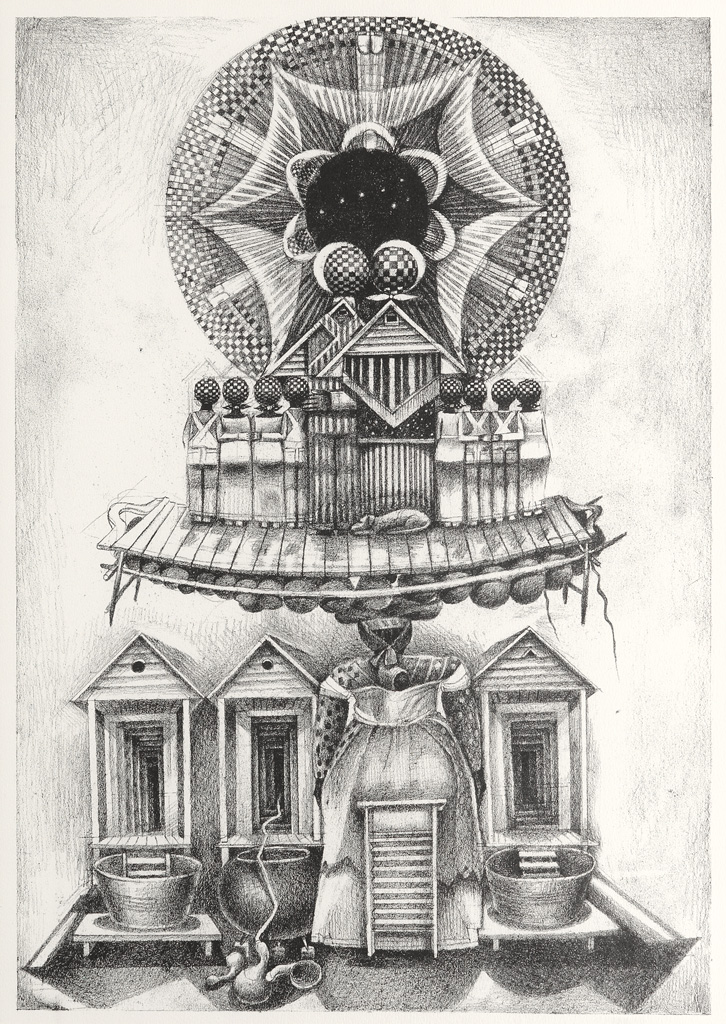She was the girl from Stamps, Arkansas, long before she was from Winston Salem, North Carolina, where she died on May 28, 2014. Being featured on the first United States coin – a quarter – was in Maya’s future. The American Women Quarters Program is the program, and Maya is deservedly the first woman and the first black. This blog explores her early years that laid the foundation for her entrepreneurial spirit and the coin that reflects that entrepreneurial spirit.
She was born April 4, 1928, in St. Louis, Missouri, but her parents’ divorce sent her to grandma’s house at age three. Grandma was Annie Henderson of Stamps, Arkansas. In 1931, the United States was still in the Great Depression. According to the 1930 Census, Stamps had a population of 2,564. It was a predominantly white community in southwestern Arkansas along the St. Louis Southwestern Railway. The Caddo Indians were the original settlers.
Grandma Anna was an entrepreneur who owned and operated a general store used mainly by blacks in the community, as was typical for that unfortunate era. Desegregation had not yet happened. Anna took in three-year-old Maya and her brother. Maya learned much from observations at the general store. She counted the money in the store, when little did she know she would be on a quarter herself one day. Maya excelled in math skills from her practical learning. While it is unclear to me what formal education was available in Stamps, Maya always had a love for language, and she was exceptional. The freedom of her writing speaks of the early exposure to the grandmother’s entrepreneurial spirit.
One has to believe that her early reading came from the Bible, given that Grandma Anna was religious. Anna’s discipline and character involved work, duty, and religion. Let’s face it. Writing takes discipline. While the undisciplined only talk about writing a great novel or poem, Maya did it. The musicality of some of Maya’s writing has a Psalms-like undertone.
That innovative spirit never left the writing of Maya. With originality, a free-flowing of creative thought allowed poetry to abound. “A rock, a river, a tree…” The pain is evident in her famous I Know Why the Caged Bird Sings. A cage is a jail of oppression, so why does the prisoner sing.
This child of divorce – Maya Angelou – overcame parents who divorced. Did I mention that Grandma Anna also was divorced three times and was single when Maya came to live with her at age three? Divorce was uncommon in the early twentieth century, so think about Maya’s instability. Yet, her grandma’s entrepreneurial spirit enhanced Maya’s gifts and gave her character of innovation and duty. What a small country store can teach with a great grandmother!
(Note: The sexual abuse endured by Maya will be the subject of another blog, and I Know Why the Caged Bird Sings will be discussed more fully.)
Reference: Biggers, J. Still I Rise: The Biography of Maya Angelou. (2014) Kindle.
 Ask Carolyn
Ask Carolyn




